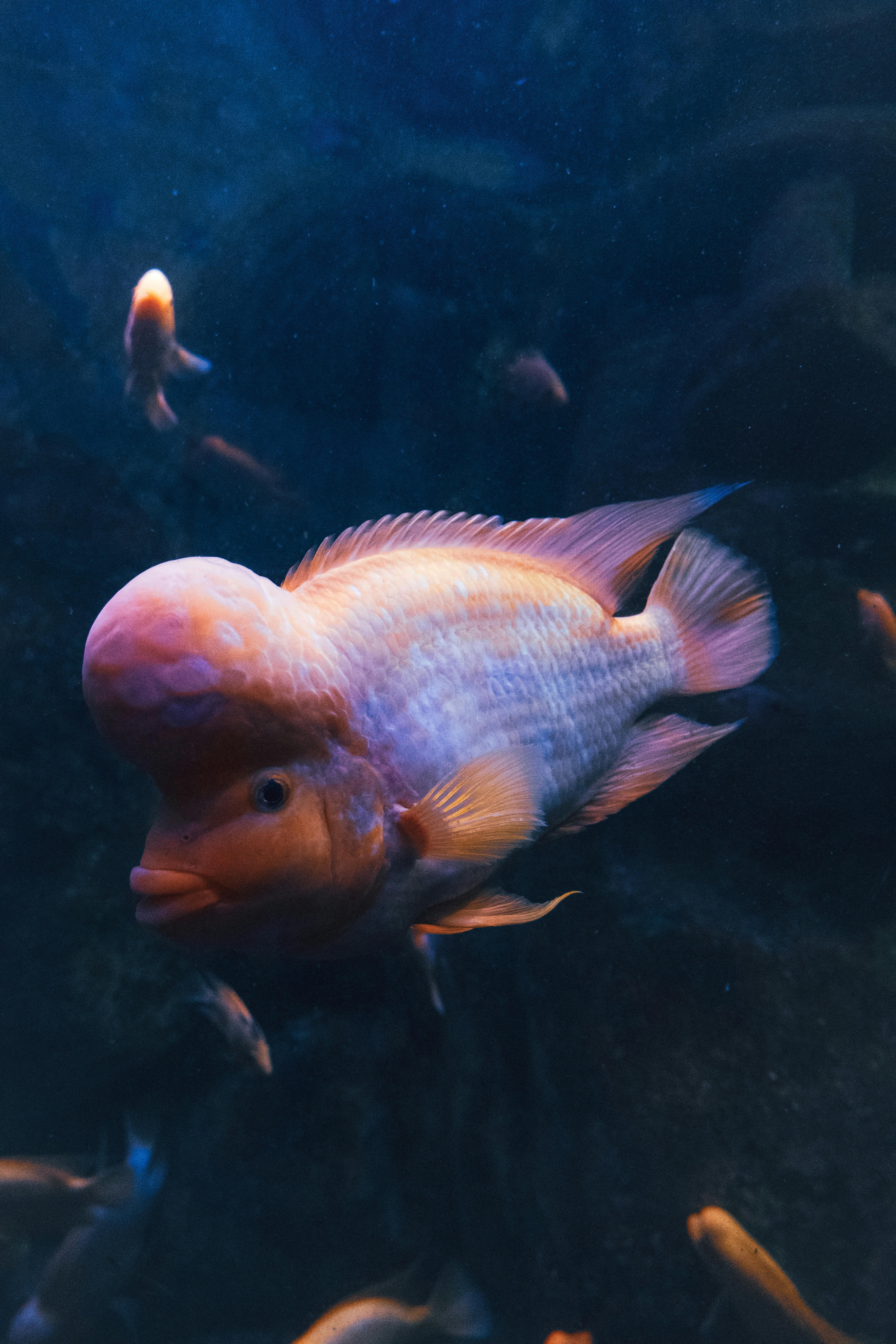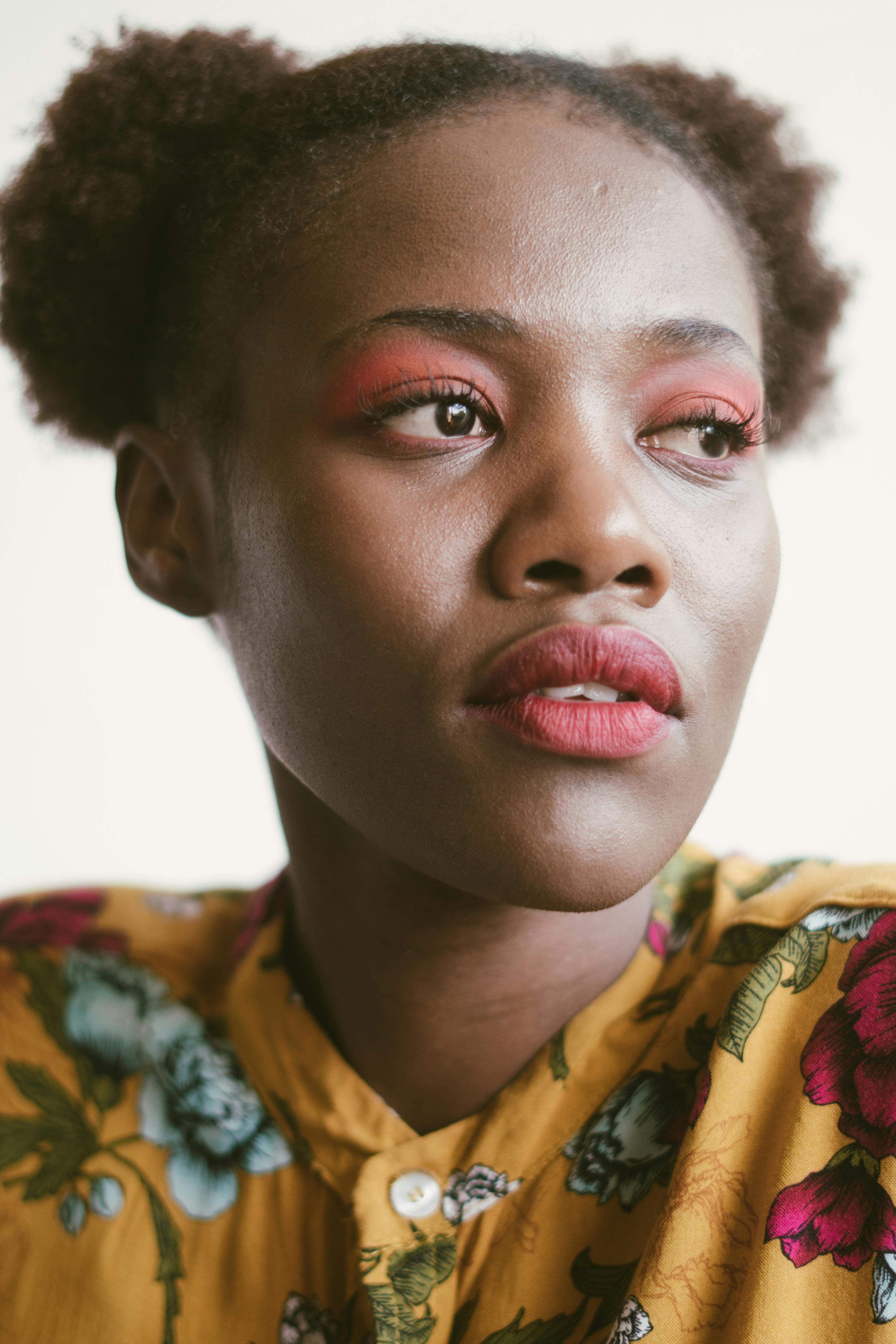
Smart Ways to Care for Blue Wag Platies in 2025
Blue Wag Platies are a captivating choice for both novice and seasoned aquarists, known for their vibrant colors and friendly disposition. As one of the most popular freshwater fish, they offer unique characteristics and compatibility with other species, making them a perfect addition to family-friendly tanks. Caring for Blue Wag Platies in 2025 requires an understanding of their habitat, diet, and breeding needs, enabling hobbyists to create an ideal environment for these beautiful fish.
This article will explore essential care techniques and insights on Blue Wag Platies, emphasizing their environmental needs, dietary requirements, and breeding behavior. We will also touch upon the best tank mates, maintenance tips, and health management strategies to enhance your aquarium experience. By following this comprehensive guide, you’ll be well-equipped to ensure the vitality and happiness of your Blue Wag Platies.
Understanding Blue Wag Platy Characteristics
Blue Wag Platies exhibit a remarkable array of colors and patterns, primarily showcasing their stunning blue hues complemented by a dark tail. These fish typically measure around 1.5 to 3 inches in size and can live up to five years with proper care. Ensuring their longevity involves providing a well-maintained habitat that mimics their natural ecosystems, which can vary from lush aquatic environments to more open spaces filled with plants. Their social nature often leads them to flourish in community tanks where they interact with compatible species.
Maintaining optimal water quality is crucial for their health. Regular water changes, along with monitoring pH levels and temperature, will help keep Blue Wag Platies in prime condition. For the ideal tank setup, consider incorporating plants, rocks, and ornamental features to create a visually stimulating environment. This not only caters to their aesthetic liking but also helps in reducing stress and promoting social behavior among the current inhabitants.
Creating the Perfect Habitat for Blue Wag Platies
To properly care for Blue Wag Platies, establishing an ideal habitat is essential. Start with a tank of at least 20 gallons, as these fish thrive in spacious environments. The aquarium should be equipped with a reliable filtration system to maintain clean and oxygen-rich water. Blue Wag Platies prefer a water temperature between 72°F to 78°F, with a pH range of 6.8 to 7.6. Regularly monitor these parameters to ensure a stable and healthy environment.
When it comes to lighting, opt for soft, indirect light that mimics their natural habitat. Too much brightness can induce stress and harm their health. Live plants such as Java ferns and Anubias not only enhance tank aesthetics but also provide hiding spots and reduce aggression among fish. Additionally, consider adding substrate like fine gravel or sand, which is gentle on their delicate bodies.
Best Tank Mates for Blue Wag Platies
The sociable nature of Blue Wag Platies makes them great community fish. They cohabit well with other peaceful species such as Guppies, Tetras, and Corydoras. Avoid aggressive fish that may harm these gentle creatures and instead choose tank mates that share similar water requirements. Keeping a balanced environment will encourage harmonious interactions and reduce the chance of stress-related illnesses among the fish.
When introducing new tank mates, it's important to acclimate them properly to minimize territorial disputes. Adding plants and decorations can also help provide hiding spots and reduce aggression. Maintaining an appropriate male-to-female ratio during breeding can help keep aggression in check while fostering a more congenial atmosphere within the aquarium. Overall, selecting the right companions will create a thriving aquatic community.
Blue Wag Platy Diet and Feeding Tips
The diet of Blue Wag Platies should feature high-quality flakes or pellets designed for tropical fish, ensuring a balanced mix of proteins, fats, and carbohydrates. While they do enjoy commercial fish food, supplementing their diet with live or frozen foods, such as brine shrimp or daphnia, is beneficial for their growth and vitality. This not only adds variety but also mimics their natural feeding habits.
Feed your Blue Wag Platies small amounts 2-3 times a day, ensuring that they consume everything within a few minutes to avoid overfeeding, which can lead to water quality issues. Observing their feeding behavior may provide insights into their health; a healthy platy will actively seek food and display an enthusiastic approach. Regular monitoring and adjusting their diet based on growth and health are vital for optimal care.
Blue Wag Platy Breeding Essentials
Breeding Blue Wag Platies can be an exciting experience for aquarists. They are livebearers, which means they give birth to free-swimming young rather than laying eggs. Ensure a separate breeding tank is available, preferably with a dimmer lighting setup, to encourage breeding behavior. The ideal breeding conditions involve maintaining a water temperature of 75°F to 80°F and ensuring the tank is densely planted, providing cover for the fry.
Monitoring the female's condition is crucial during this process. A pregnant female will display a swollen abdomen. After giving birth, it is essential to relocate the fry to a separate tank to prevent them from being eaten by the adults. Feeding them crushed flakes or specialized fry food will provide them with the necessary nutrients for proper growth. Understanding these breeding essentials will pave the way for successful platy propagation.
Health and Maintenance Tips for Blue Wag Platies
Regular health checks and maintenance practices can significantly enhance the well-being of your Blue Wag Platies. Observe for any signs of stress, including unusual swimming patterns, discoloration, or lethargy. Maintaining stable water conditions is paramount, with routine water changes advised every week to keep ammonia and nitrates at bay. Additionally, a water test kit can pinpoint any imbalances, allowing for timely adjustments.
Common diseases that may affect Blue Wag Platies include ich and fin rot. Quarantine any new fish before introducing them into the main tank to prevent disease introduction. In cases of illness, you can use appropriate treatment methods, such as medicated food or aquarium salts. Regularly checking the health of your fish will ensure a vibrant and thriving aquarium.
Conclusion: Successful Care of Blue Wag Platies
In conclusion, caring for Blue Wag Platies in 2025 involves mastering their dietary needs, habitat requirements, and health management strategies. By understanding their behavior and breeding habits, aquarists can create a nurturing environment that promotes growth and happiness for these lively fish. With the right tank setup, proper feeding, and diligent maintenance, you'll enjoy the vibrant colors and engaging personalities that Blue Wag Platies bring to your aquarium.
For further insights on aquarium setups and fish care, explore our detailed guides on aquarium filtration systems and breeding freshwater fish for additional support in your fishkeeping journey.

